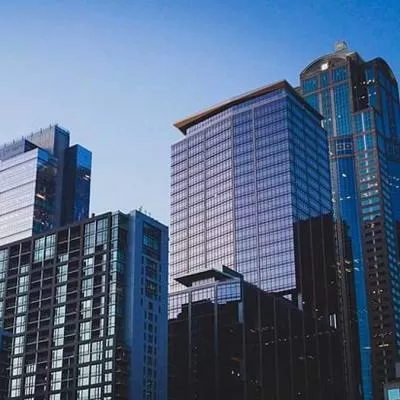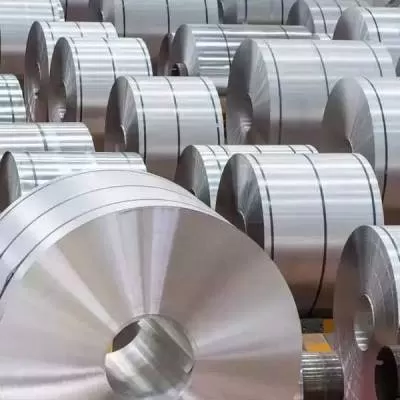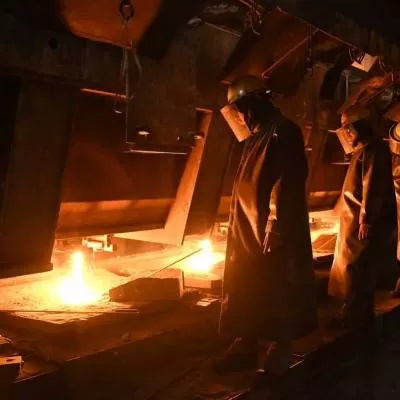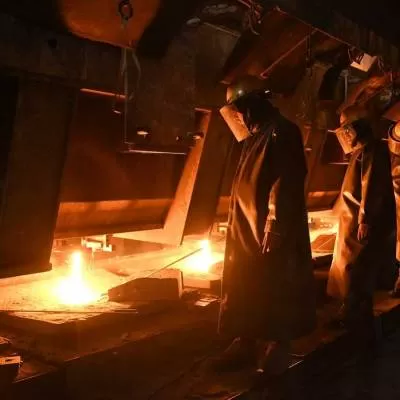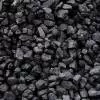- Home
- Building Material
- Steel
- Steel gaining prominence in the Indian construction industry
Steel gaining prominence in the Indian construction industry
The construction industry continues to play a pivotal role in the country’s economic growth and in the nation’s development plans. As per industry estimates, India’s construction industry is expected to become the third largest construction market globally by 2022. In this context, the selection of construction material is of paramount importance. The general sentiment within the industry is that steel is going to be a great enabler for the Indian growth story, particularly for the downstream sector. Construction and infrastructure occupy the lion’s share of this growth in demand. According to a recent industry report by Steel Authority of India (SAIL), there is 7 per cent growth in domestic steel consumption led by investment in construction and infrastructure. Also, the proposal to bring construction material in the lower GST slab will further give fillip to the industry.While composite steel construction is preferred in industrial and commercial construction, steel is also gaining popularity in residential markets. Let’s delve into the many benefits of steel, which has led to its popularity in the construction industry.DurableSteel is considered durable for several reasons. Firstly, it can withstand strong weather conditions such as hurricanes, high winds and even earthquakes. Steel frame housing components have the impressive benefit of fire resistance, able to withstand temperatures of more than 1000°C. It is also understandably resistant to termites, creeping, cracks, splitting and rotting, essentially all the weaknesses of wood. Steel is classified as having long-life durability as it doesn’t age or decay nearly as quick as other construction materials. If building extensions or renovations are made, steel is inherently adaptable and flexible enough to handle it with minimal disruption.Design With structural steel designers are able to span larger grids compared to conventional reinforced cement concrete (RCC) construction. Inherently, steel is tensile and has a high strength to weight ratio. So, no matter how large the overall structure is, the steel sections will be small and lightweight, unlike other building material. This opens a lot more opportunities in design. For example, with steel structures, column-free interiors are achievable, which can give a space a wonderful sense of openness. Steel girders and columns finished with fire rated intumescent paints has an aesthetic to it that architects can enjoy exploring.Cost-effectiveSteel is a very cost-effective material to use in construction. Being highly durable, steel structure designs can be cost-effective for earthquake resistance when compared to concrete structures. As such the tall structures will be more economical especially with new IS Codes for construction in steel. Also, Steel structures weigh lesser and structurally efficient than concrete hence steel structured buildings are lighter and have smaller foundations.Schedule Steel can be easily fabricated and produced massively. So, steel sections can be produced off-site at shop floors and then assembled onsite. Also, the construction process is faster with steel structures as they are easy to erect, which further contributes to faster project completion. On the other hand, concrete construction is time-consuming. This saves time and increases the efficiency of the overall construction process. As such, the largest contributor to the cost-effective nature of steel when used in construction is the time saved, leading to higher business efficiency.Quality of constructionThe quality of steel is predictable and reliable. Also, the digital modelling of steel ensures components are manufactured without fault initially, minimising if not eliminating rework. The quality of construction in a steel structure is more than an RCC structure, as it needs well trained workforce, wherein an RCC construction is mostly managed by untrained resources.Environment-friendlyCompared to other building materials such as concrete, establishing a steel structure creates less noise, dust and waste at a worksite and it is also easy to maintain. Steel can be continuously recycled and repurposed without compromising its quality. This makes steel compatible with long-term sustainable development. For instance, in the US, steel has a recycling of over 64 per cent. Using recycled steel has a positive environmental impact, as it saves energy and natural resources in production, given the high lumber costs.Major challenges faced by the Indian steel industryHowever, with all these inherent advantages of using steel, there are challenges as well which need to be considered. One of which being the significant rise in the price of the commodity by the domestic primary steel producers. With minimal new steel capacity expected to be commissioned until 2021 in India, robust steel demand especially from the construction, infrastructure and automotive sectors will keep end-product prices high.Other challenge is availability of huge skilled workforce in steel construction, especially for erection purposes. And also, there are extensive fireproofing costs involved as steel loses its properties in high temperature. Another challenge with steel is that it’s susceptible to corrosion. However, this problem can be solved to some extent using anti-corrosion applications as per required specification depending on the location.In spite of these challenges, a shift from the concrete-based conventional method of constructing buildings to steel structures will see more adoption in the near future.About the Author:Jatin Shah is Director-Development, Synergy Property Development Services.



